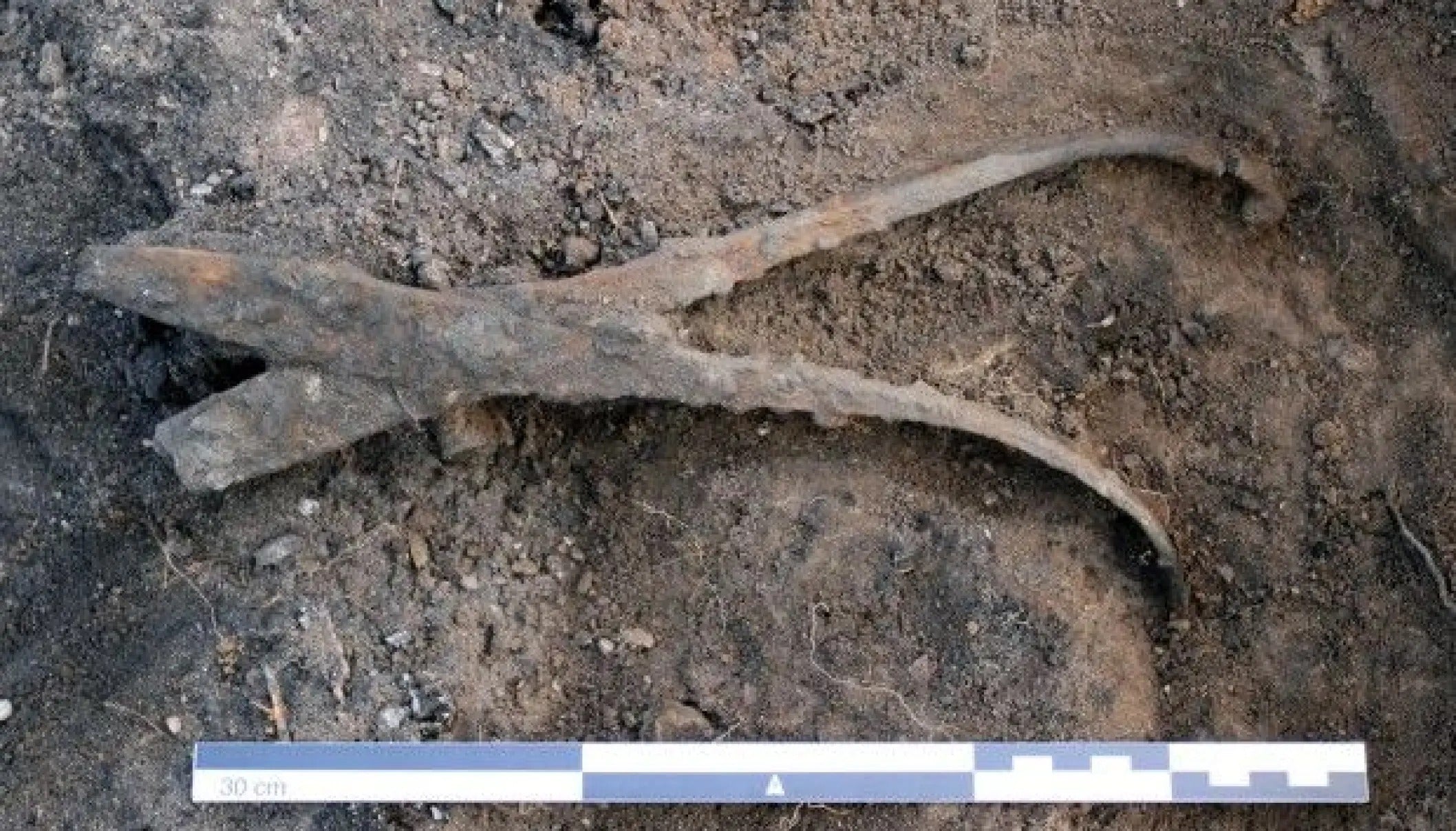
The Pentney Hoard: A Remarkable Anglo-Saxon Archaeological Find
The Pentney Hoard represents a spectacular archaeological discovery of Anglo-Saxon craftsmanship, unearthed in 1978 in a Norfolk churchyard. Comprising six intricately designed silver disc brooches, this collection offers unprecedented insights into 9th-century artistic and metalworking techniques.
The Hoard's Discovery

The Serendipitous Find
In 1978, William King, a sexton at St. Mary Magdalene Church in Pentney, Norfolk, made an extraordinary discovery while digging a grave. Noticing a circular piece of metal embedded in the soil, he uncovered five additional metal discs that would become one of the most significant Anglo-Saxon archaeological finds of its time.
Hoard Composition
The hoard consists of six remarkable silver disc brooches that showcase the extraordinary metalworking skills of Anglo-Saxon artisans. Five brooches were crafted entirely from silver, while one incorporated a copper alloy base. The brooches varied in size, ranging from a diminutive 6.1 centimeters to an impressive 10.2 centimeters, each adorned with intricate decorations in the distinctive Trewhiddle artistic style.
The Largest Brooch

The most prominent piece measures 10.2 centimeters and stands as a testament to medieval craftsmanship. An intricate openwork pattern dominates the surface, with black niello inlay creating stunning visual depth. Eight panels of intertwined creatures encircle the brooch's edge, while the central area features stylized animal and plant decorations. The brooch's pin and spring hardware remain intact, further preserving its historical integrity.
The Smallest Brooch

In striking contrast to its larger counterparts, the smallest brooch presents a unique artifact. Measuring 6.1 centimeters, it features a distinctive construction with a quincunx of rivets connecting its face to a gilded copper alloy base plate. Unlike the other brooches, this piece appears to have actually been worn, adding a personal dimension to the archaeological find.
Brooch Pairs
Two non-identical pairs of brooches further demonstrate the sophisticated metalworking of the period. The first pair, measuring 8.3 centimeters, features elegant scalloped edges and extensive beading. Intricate plant and geometric shapes divide the outer band into eight distinctive sections. The second pair, slightly larger at 8.5 centimeters, presents a simpler openwork design enhanced by niello inlay. Each pair showcases complex panels filled with exotic beasts and stylized plants, revealing the extraordinary artistic vision of Anglo-Saxon craftsmen.
Historical Context

Scholarly analysis has carefully dated the hoard, placing the five larger brooches in the early 9th century, specifically between 800 and 840 CE. The smallest brooch, with its distinct stylistic elements, is believed to originate from the late eighth century. Historians have proposed two primary theories about the hoard's burial: it may have been hidden during the tumultuous Viking raids on East Anglia, or it might have been placed in the churchyard for reasons yet unknown.
Trewhiddle Style
The brooches exemplify the Trewhiddle artistic style, a remarkable 9th-century decorative approach named after a similar hoard discovered in Cornwall. Characterized by intricate silver metalwork, sophisticated niello inlay techniques, and complex zoomorphic and geometric designs, these brooches represent the pinnacle of Anglo-Saxon artistic achievement.
Preservation and Legacy

Following its discovery, the hoard underwent a careful preservation process. Initially stored in the church's parish chest, the artifacts were subsequently transferred to Norwich Castle Museum and evaluated by the British Museum. Declared a treasure trove, the collection was ultimately acquired by the British Museum. In recognition of his discovery, William King received £137,000, of which he generously donated £25,000 to the church.
The Pentney Hoard stands as a remarkable window into Anglo-Saxon artistic and cultural sophistication. These six silver brooches tell a story of extraordinary craftsmanship, cultural complexity, and artistic vision that transcends centuries.
Frequently Asked Questions (FAQs)
- Where was the Pentney Hoard discovered?
In the churchyard of St. Mary Magdalene Church in Pentney, Norfolk, in 1978.
- How many brooches are in the hoard?
Six silver disc brooches, five made entirely of silver and one with a copper alloy base.
- What is the Trewhiddle style?
A 9th-century artistic style characterized by intricate silver work, niello inlay, and complex zoomorphic designs.
- Who discovered the hoard?
William King, a church sexton, discovered the brooches while digging a grave.
- Where are the brooches now?
The brooches are housed in the British Museum.
References
Owen-Crocker, Gale R. "Dress in Anglo-Saxon England"
Tait, Hugh. "7000 Years of Jewellery"
Aslet, Clive. "Villages of Britain"
"Pentney Hoard Two Pairs and Two Single Silver Disc Brooches" by Claire H. from New York City, USA is licensed under CC BY-SA 2.0.
"Brit Mus 17sept 005-crop" by Johnbod is licensed under CC BY-SA 3.0.
"Pentney disc 1980,1008.4" by Unknown authorUnknown author is licensed under CC BY-SA 4.0.
"Smallest Pentney brooch" by Unknown authorUnknown author is licensed under CC BY-SA 4.0.
"Largest Pentney disc brooch" by Unknown authorUnknown author is licensed under CC BY-SA 4.0.








